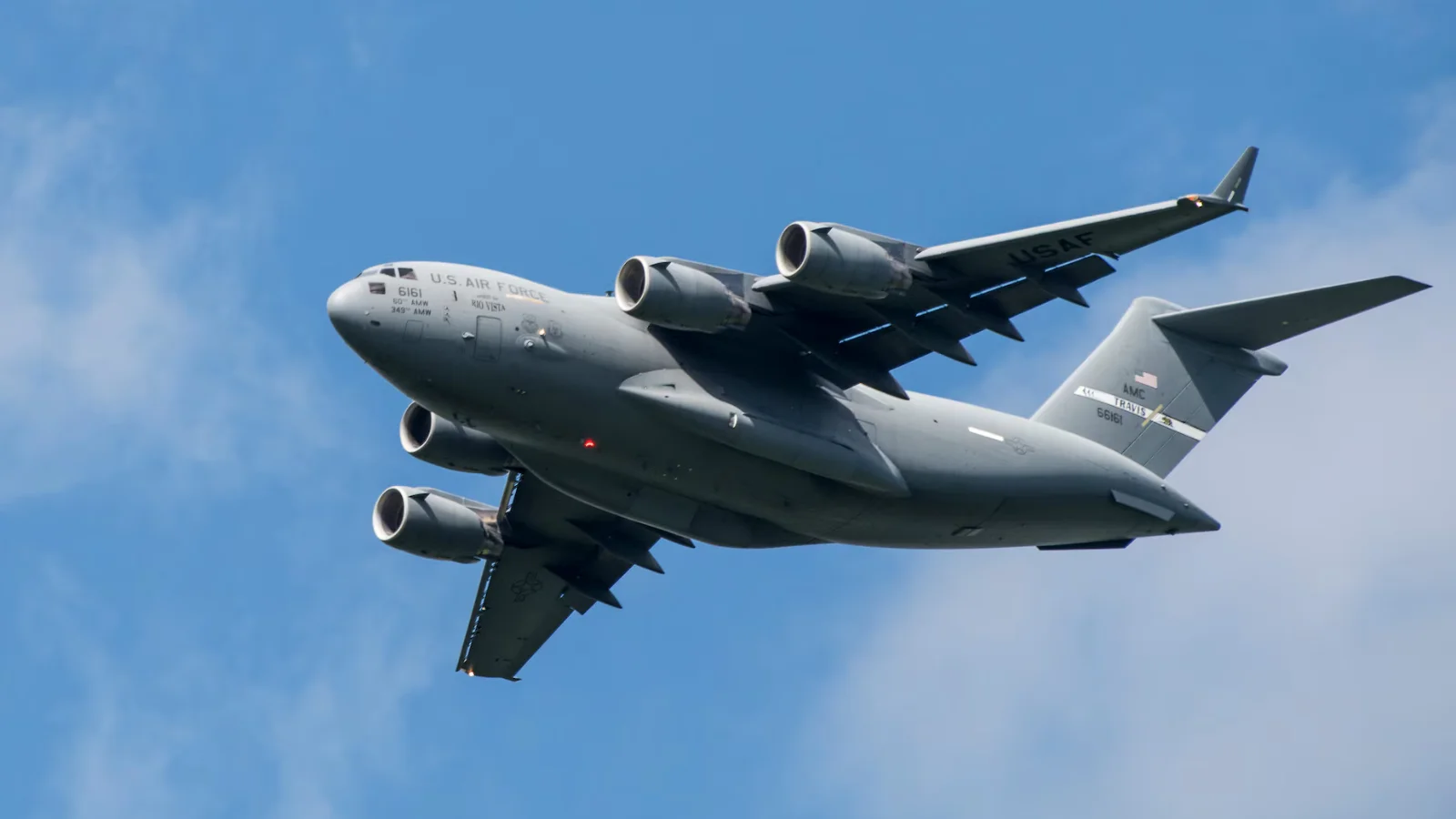The C-17 Globemaster was developed by McDonnell Douglas with a T-tail design to facilitate rear cargo loading and enhance stability during mid-air drops. The high horizontal stabilizer allows for unobstructed airflow, which is important when the cargo doors are open or when avoiding turbulent engine exhaust. This design supports the aircraft’s primary mission of transporting large loads efficiently at various airfields.
T-tail configurations were once common in early jet aircraft, but on the C-17, this feature provides additional stability and improved handling. It also helps reduce aerodynamic interference and supports short-field performance. The aircraft entered service in 1993 after overcoming some initial manufacturing challenges.
"The C-17 continues to serve as the strategic airlift workhorse for the nation, as evidenced by its impressive performance in the recent airlift of more than 124,000 evacuees from Afghanistan in an around-the-clock operation. As the command responsible for operating the U.S. Air Force C-17 fleet, AMC looks forward to the continued partnership with our Boeing teammates as we work to keep the Globemaster fleet healthy for years to come," said Brigadier General Darren Cole, Air Mobility Command (AMC) director of Logistics, Engineering and Force Protection.
 Alerts Sign-up
Alerts Sign-up




































